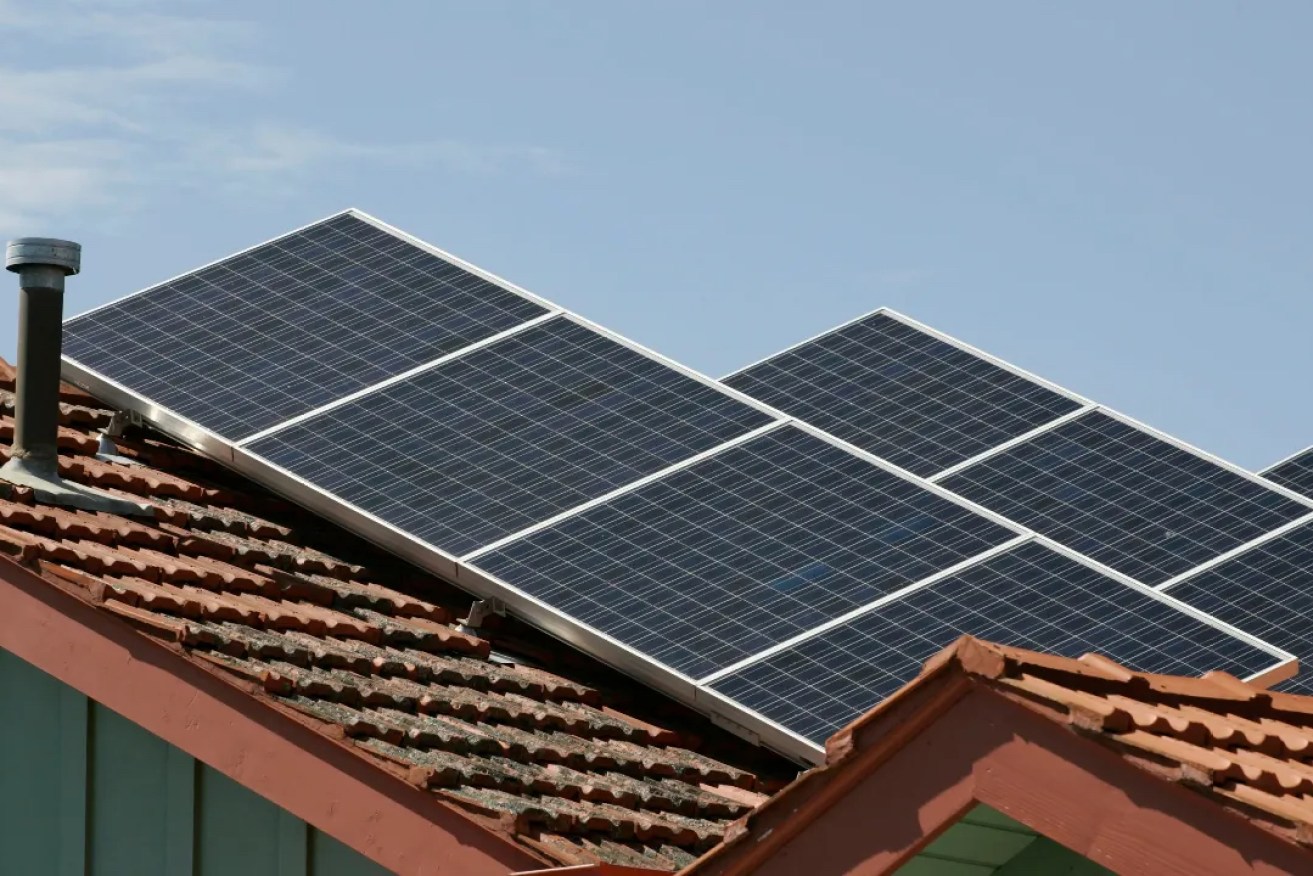Rooftop solar powers New Year electricity record
Rooftop solar output in South Australia on New Year’s Eve was greater than what the state required, breaking records as demand fell into the negatives.


Photo: AAP/Raoul Wegat
Average electricity prices fell in the December quarter driven by cheap renewables, according to the latest Wholesale Markets Quarterly Report from the Australian Energy Regulator.
The organisation said the average electricity demand was lower in Q4 than in the prior period, “as is typical of Q4”, but records were smashed on 31 December when SA exported extra energy to Victoria due to demand going into the negatives.
Minimum daily demand records were set in both SA and Victoria, with South Australian demand falling below the previous record of just 29 MW to -19 MW on New Year’s Eve.
“This meant that rooftop solar output in South Australia was greater than the region’s entire energy demand, with excess output exported to Victoria,” the report said.
It meant lower electricity prices in SA too, with the AER noting negative demand can even contribute to negative prices.
“Further uptake of rooftop solar may increase pressure on minimum demand in the future,” the report said.
“Market developments such as electrification, price incentives to shift demand (such as “solar soaker” tariffs) and uptake of battery technologies have the potential to mitigate some of these pressures.
“However, only 9 per cent of export customers in South Australia currently use a battery and penetration is lower in most other regions.”
Overall, wholesale electricity prices were “well below those seen in 2022” last year, with the decline driven by milder winter weather conditions, lower fuel costs, fewer coal supply issues and an increase in cheap wind and solar supply.
The AER added the “differences between daytime and evening market conditions continued to intensify” in Q4.
“In Victoria and South Australia, average daytime prices were negative but evening peak prices averaged well over $100 per MWh in Queensland, NSW and South Australia,” it said.
Warmer weather in the first quarter of the calendar year could leave the market “vulnerable” too.
AER board member Jarrod Ball said the regulator was pleased to see the wholesale price of energy fall.
“Although we saw increased electricity prices in some regions and a small increase across all regions in the gas market during the quarter, these remain significantly lower than those experienced in 2022 and closer to the levels seen at the end of 2021,” he said.
“The proportion of electricity output sourced from coal and gas fell to a record low of 66 per cent, down from 67 per cent the previous quarter.
“Each region set a new solar output record this quarter, and although relatively little new generation entered the market, a significant increase in new entry is currently scheduled for 2024.”
Australians are also getting their electricity from renewables more than ever, with the AER reporting the proportion of generation output sources from wind and solar reaching record highs of 26 per cent in Q4.
“Compared to last quarter, large-scale solar was the only fuel to increase its output while output from all other fuels decreased,” it said.
“Compared to Q4 2022, solar, wind and batteries all increased output while output from coal, gas and hydro decreased.
“Since solar and wind are the cheapest fuels, the change in generation mix contributed to lower prices this quarter.”
[solstice_jwplayer mediaid=”o8alVp5V” playerid=”Meorb6nj” caption=”Sponsored video: The Post” /]




